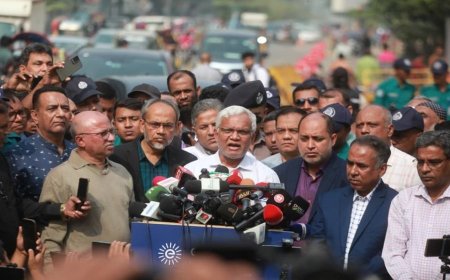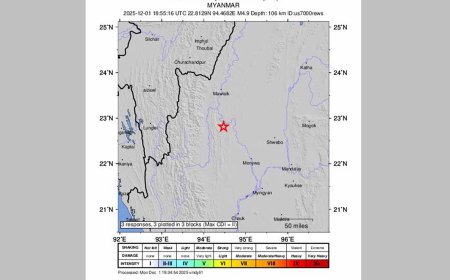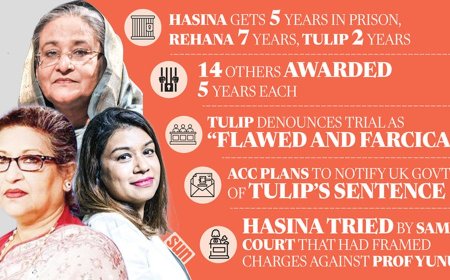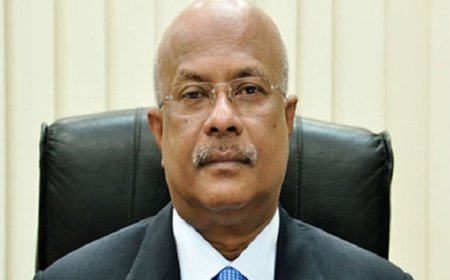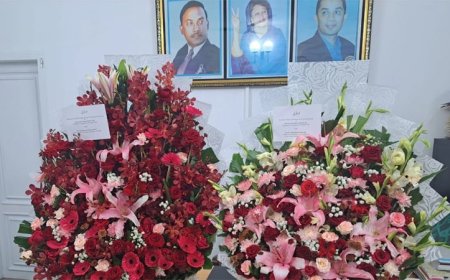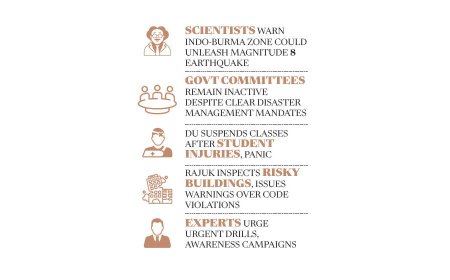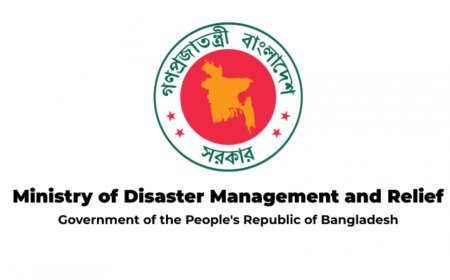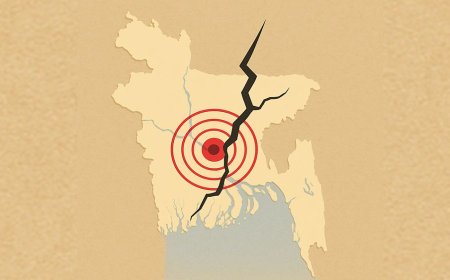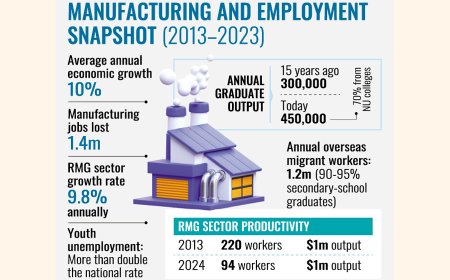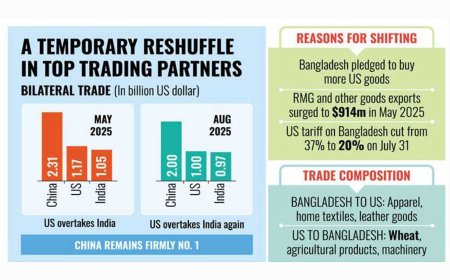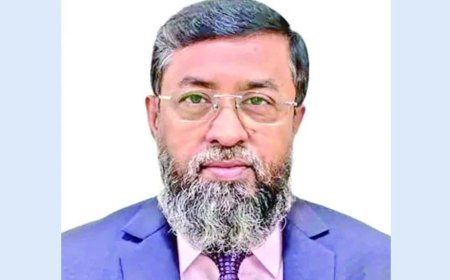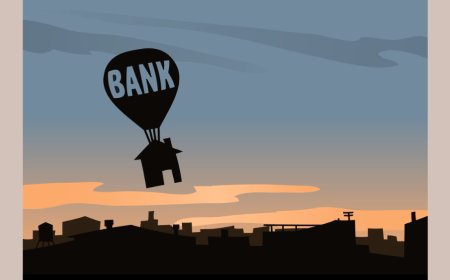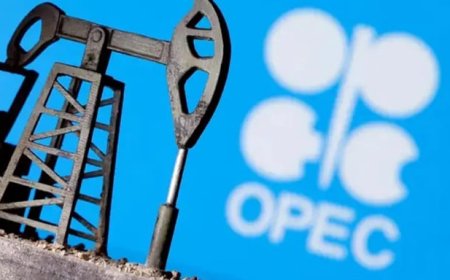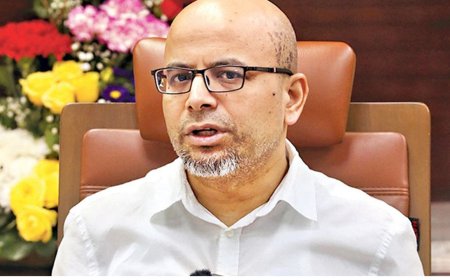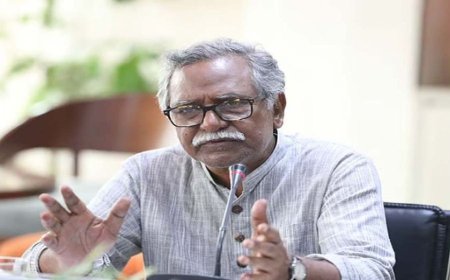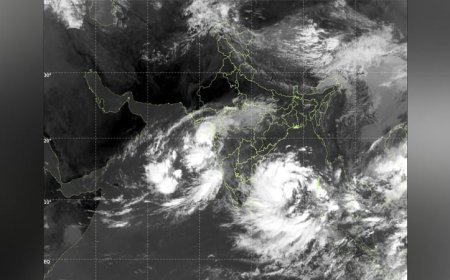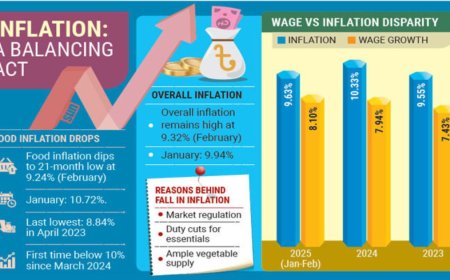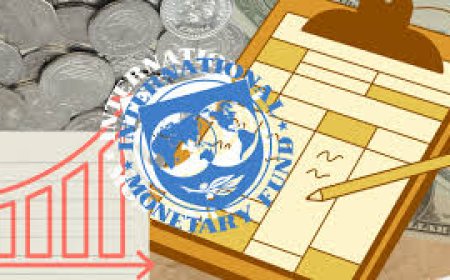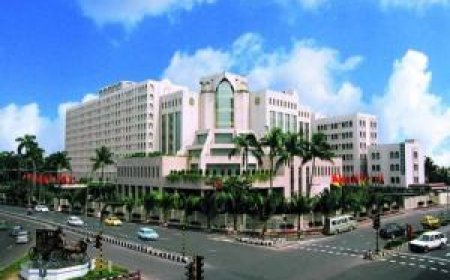Banks Face a Devastating Year in 2024 Due to Liquidity Crisis
Concealed Debt and Flawed Policies Exacerbated Banking Troubles
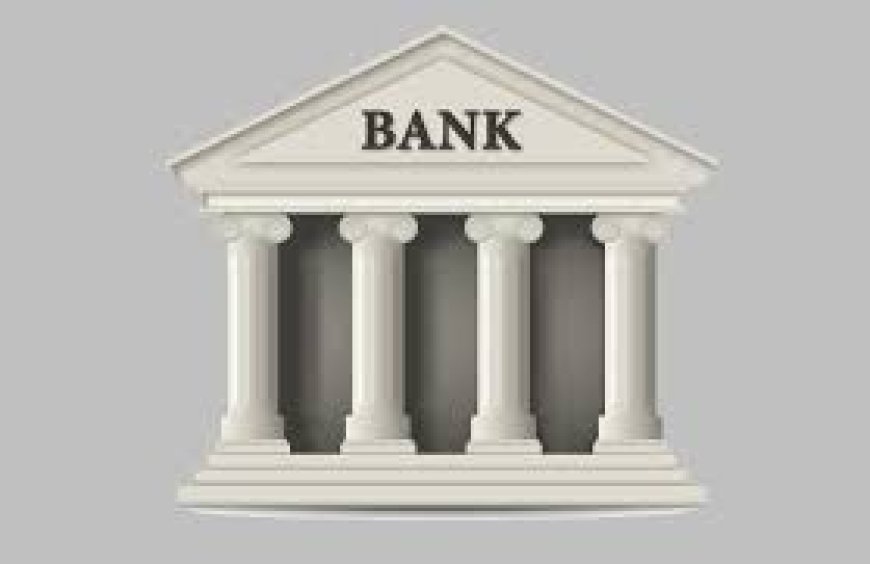
Bangladesh’s Banking Sector Faces a Dire 2024 Amid Liquidity Crisis and Surging Defaults
The banking sector in Bangladesh faced one of its most challenging years in 2024, plagued by an acute liquidity crisis and unprecedented levels of non-performing loans (NPLs). Depositors’ confidence was severely shaken as many struggled to withdraw their savings, highlighting the sector’s fragility.
Economists and industry insiders have described 2024 as one of the worst years in the sector's history. Defaulted loans surged to a record Tk 2.84 lakh crore, while total bad loans exceeded Tk 7.0 lakh crore by September.
Bangladesh Bank’s Independence Exposes Deeper Issues
Following a political shift in August, the Bangladesh Bank (BB) gained greater autonomy as a regulator. However, this newfound independence brought systemic weaknesses to light. Experts caution that under International Monetary Fund (IMF) standards, which account for previously hidden debts, defaulted loans could rise to 30% of total loans.
Hidden Debts Unveil Crisis Depth
The alarming increase in defaulted loans is partly attributed to a revised classification system for term loans, reducing the overdue period for defaults from nine months to six. Another revision scheduled for March 2025 will shorten this to three months.
BB data reveals a 96% spike in NPLs within nine months, climbing to Tk 2.84 lakh crore as of September 30, compared to Tk 1.45 lakh crore at the end of 2023. Manufacturing accounts for 55% of these defaults.
Selim RF Hussain, CEO of BRAC Bank and chairman of the Association of Bankers, Bangladesh (ABB), acknowledged:
"Hidden loans are now surfacing as Bangladesh aligns with international best practices. The actual volume of defaulted loans will be significantly higher once forensic audits are conducted."
Economic and Political Challenges
The surge in NPLs is linked to economic disruptions and political turmoil. Political unrest in July and August, alongside floods in Cumilla, Feni, and Noakhali, disrupted industrial activity and supply chains.
Syed Mahbubur Rahman, CEO of Mutual Trust Bank, noted:
"Transportation issues and weak consumer demand, compounded by inflation, worsened the situation for businesses."
Higher interest rates under the central bank's tightened monetary policy further strained borrowers. The policy rate was raised to 10%, escalating borrowing costs and driving more businesses into default.
Political changes also played a role. Former World Bank economist Musrur, now chairman of the Policy Exchange of Bangladesh, explained:
"Businessmen loyal to the previous Awami League government fled, leaving their loans unpaid. This shift is a significant factor in the rise of NPLs."
Implications for the Banking Sector
The share of classified loans rose sharply from 9% in early 2024 to 16.93% by September. Experts warn this figure could exceed 30% once hidden loans are fully disclosed.
The consequences are severe for Bangladesh's economy, as escalating defaults hinder access to credit, deter potential borrowers, and further erode trust in the banking system.
What's Your Reaction?







